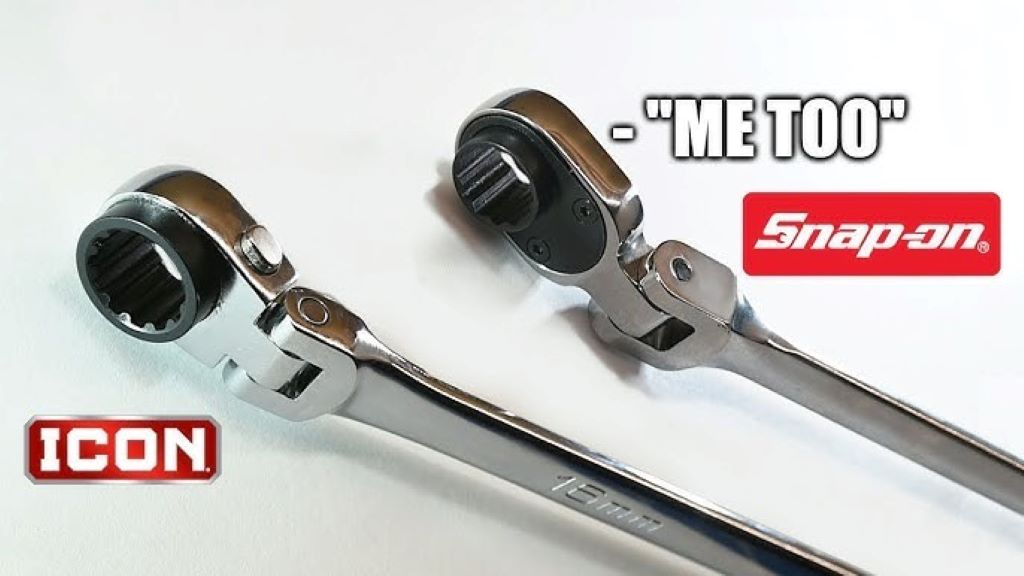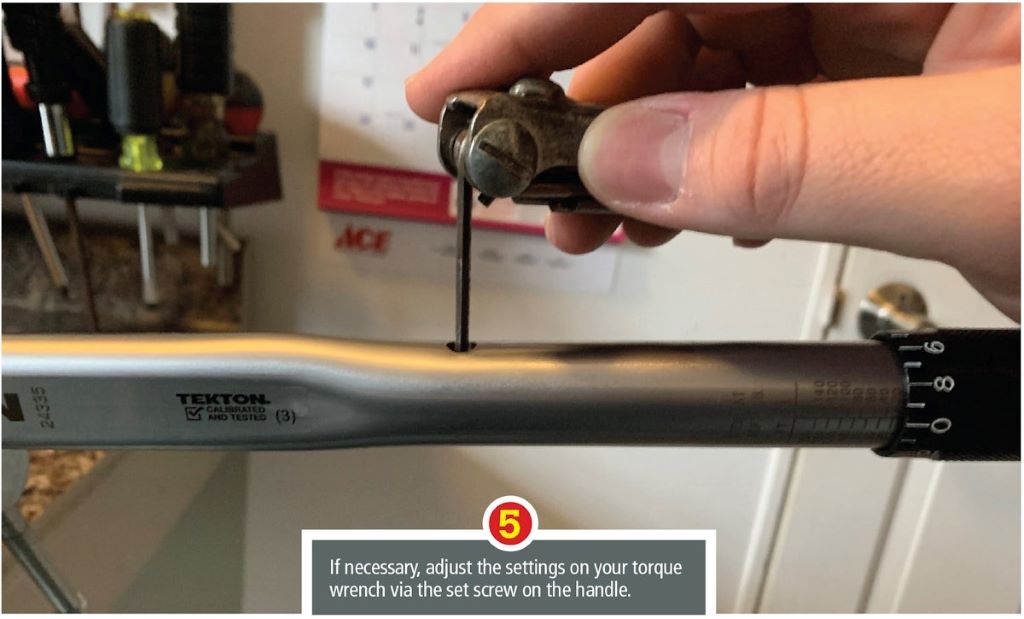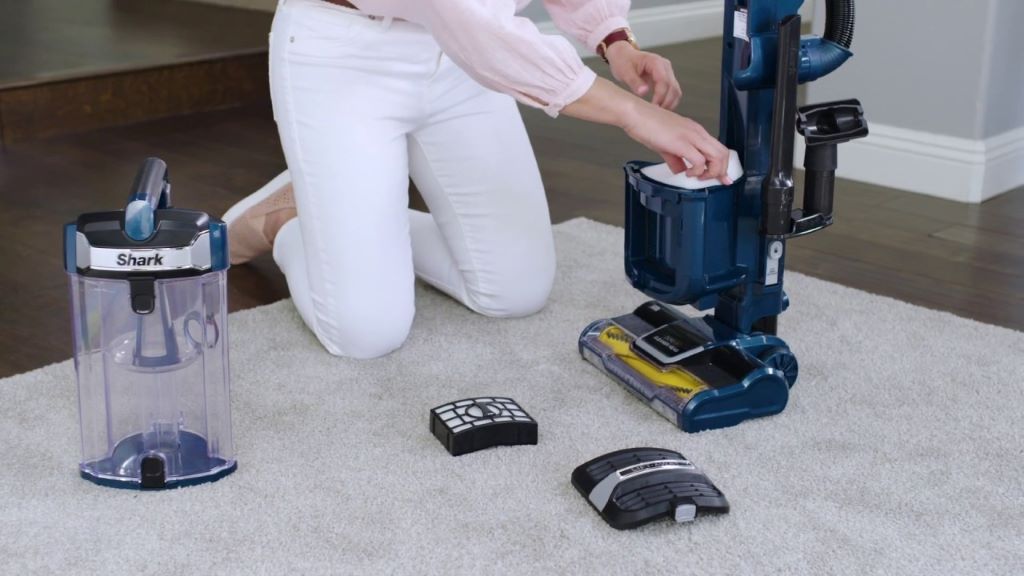Calibrating your Snap-on torque wrench at home can save time, improve accuracy, and ensure the tool performs reliably. Whether you’re a seasoned mechanic or a DIY enthusiast, maintaining your torque wrench is essential to prevent over-tightening or under-tightening bolts. This guide on how to calibrate a Snap-on torque wrench offers a step-by-step approach, expert advice, and practical tips to achieve professional-grade calibration results in the comfort of your home. Let’s dive into the essentials of keeping your Snap-on torque wrench in peak condition.
To find top-rated torque wrenches and tools, be sure to explore Bestusatools for expert recommendations and high-quality equipment.
Why Is Calibrating a Torque Wrench Important?
Calibration ensures your torque wrench delivers precise torque levels, preventing equipment damage or safety risks. Over time, frequent use or accidental drops can lead to inaccurate torque readings. Research shows that regular calibration can reduce error rates by up to 20%, prolonging the tool’s life and improving overall safety.
Understanding the Basics of Torque Wrench Calibration
A Snap-on torque wrench is a precision instrument. Calibration involves comparing its readings to a known standard and making necessary adjustments to restore accuracy.
Key terms to know:
- Torque: The rotational force applied to a bolt or nut.
- Standard calibration tool: A device that provides a reference torque measurement.
- Error margin: The acceptable difference between actual and displayed torque values, typically less than 4%.
Preparing Your Snap-on Torque Wrench for Calibration
Before calibration, ensure your torque wrench is in good working condition.
- Inspect the tool: Check for visible damage like bent handles or worn components.
- Clean thoroughly: Remove grease, dirt, or debris that might affect readings.
- Verify baseline accuracy: Perform a quick test using a standard bolt to understand its initial performance.
Step-by-Step Guide to Calibrate a Snap-on Torque Wrench at Home
Gather Required Tools
To calibrate at home, you’ll need:
- A calibrated test rig or torque analyzer.
- A sturdy workbench or vice.
- Safety gloves and goggles.
Secure the Torque Wrench
- Place your wrench securely in a vice or hold it firmly against a non-slip surface.
- Attach a calibrated torque analyzer to the wrench’s drive head.
Set the Torque Levels
- Adjust the torque wrench to the desired calibration level (e.g., 20 ft-lb).
- Apply force to the wrench until it clicks or stops.
Compare Readings
- Observe the torque analyzer’s reading.
- Record deviations to determine whether the wrench is over- or under-calibrated.
Adjust and Re-Test
- If deviations exceed the acceptable error margin, adjust the calibration nut or screw located in the wrench’s body.
- Re-test until the torque wrench delivers precise readings.
Using a Digital Torque Wrench with Angle for Calibration
If you own a digital torque wrench with angle, calibration becomes more accurate due to advanced features like angle measurements. These wrenches provide real-time feedback, eliminating guesswork. Many professionals recommend these for high-precision tasks, especially in automotive and aerospace industries.
Common Mistakes to Avoid During Calibration
- Skipping regular checks: Calibration should be performed annually or after every 5,000 cycles.
- Applying force incorrectly: Always follow the manufacturer’s guidelines to avoid damaging internal components.
- Neglecting temperature effects: Use the wrench in a controlled environment to prevent thermal expansion from affecting accuracy.
Everything You Need to Know About the 646 Area Code: A Complete Guide
How Often Should You Calibrate a Snap-on Torque Wrench?
Experts recommend calibrating your torque wrench annually or after every 12 months of regular use. For heavy-duty applications, consider more frequent checks to maintain reliability.
Pro Tips for Maintaining Torque Accuracy at Home
- Store your wrench in a protective case to prevent accidental drops.
- Reset the torque to its lowest setting after each use to avoid spring tension fatigue.
- Avoid using your torque wrench as a breaker bar; this can damage the mechanism.
You Might Enjoy: How to Fix Blow-by in a Gas Engine for Optimal Performance
FAQs
How can I tell if my Snap-on torque wrench needs calibration?
Signs include inconsistent tightening, damaged fasteners, or if the tool hasn’t been calibrated in over a year.
What is the acceptable error margin for a Snap-on torque wrench?
The error margin should typically not exceed ±4% for most Snap-on wrenches.
Can I calibrate my Snap-on torque wrench without a test rig?
While possible, professional calibration tools offer the highest accuracy and reliability.
What are the risks of not calibrating my torque wrench?
Failure to calibrate can lead to under-tightened bolts, compromising safety, or over-tightened bolts that can damage threads.
Is it worth investing in a digital torque wrench with angle?
Yes, these wrenches provide enhanced precision and real-time data, making them ideal for high-stakes applications.
Conclusion
Calibrating your Snap-on torque wrench at home is both a cost-effective and practical solution to ensure its reliability and precision. By following this guide, you’ll extend the life of your tool, maintain safety standards, and save yourself from costly mistakes. Invest in quality equipment, practice proper maintenance, and remember to calibrate regularly for the best results.




